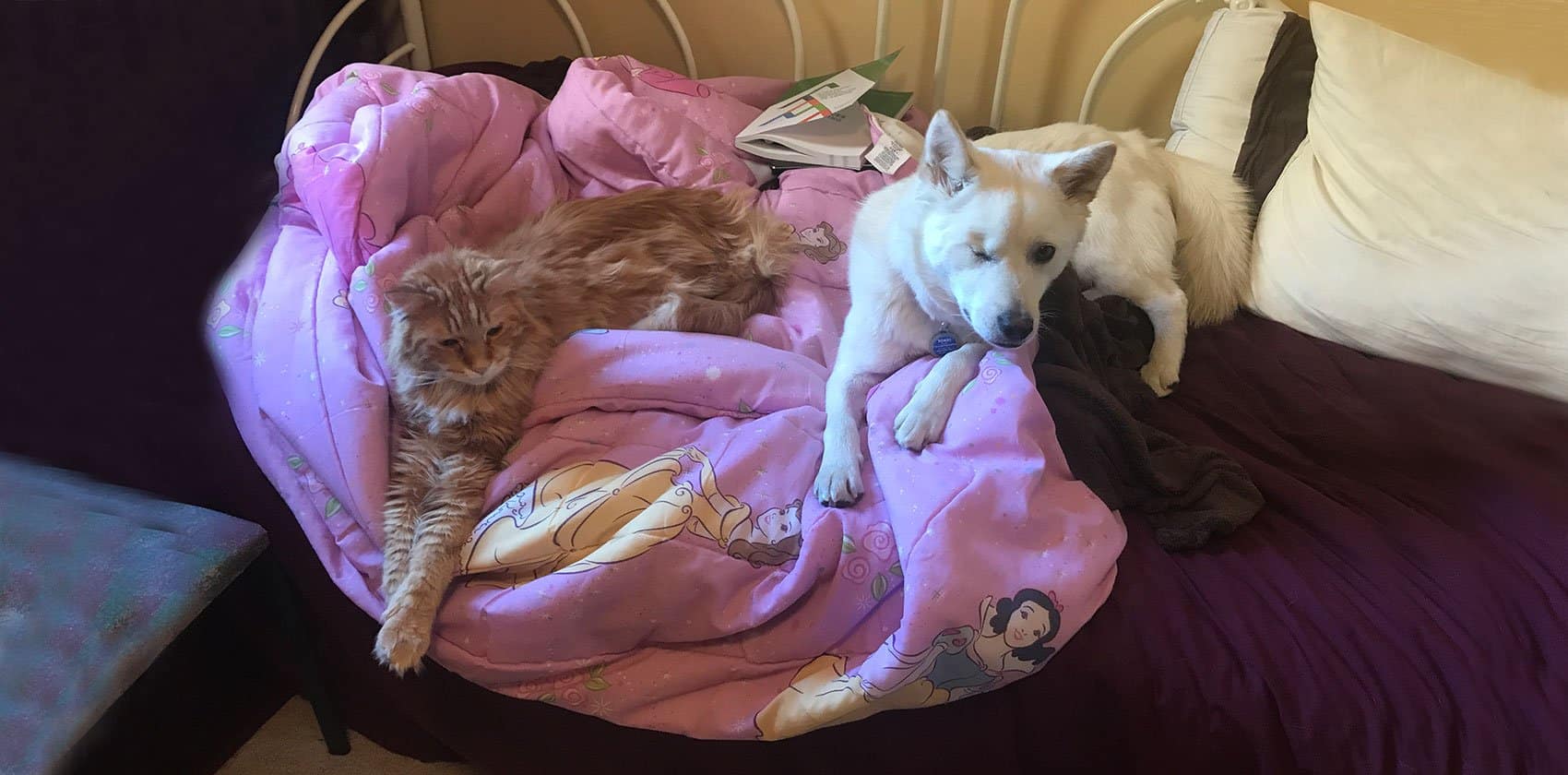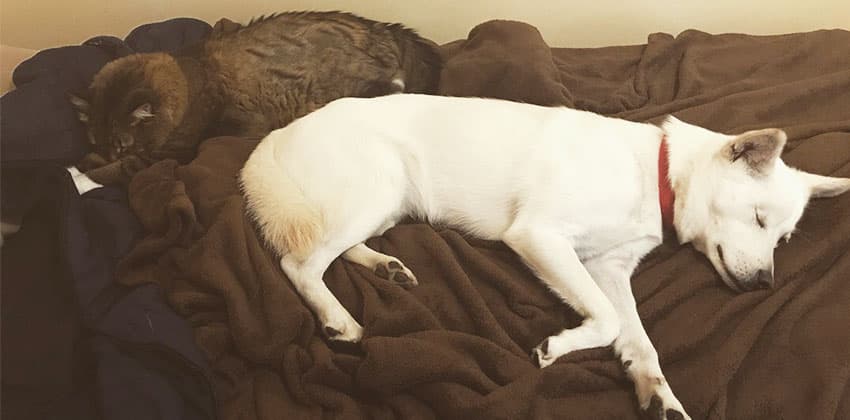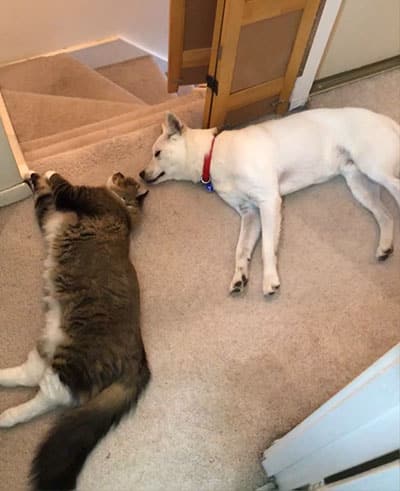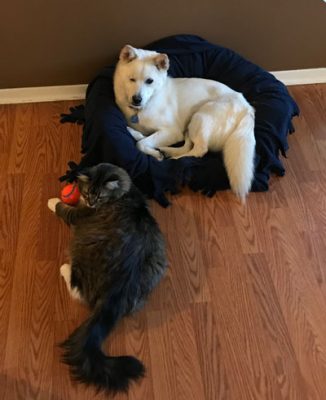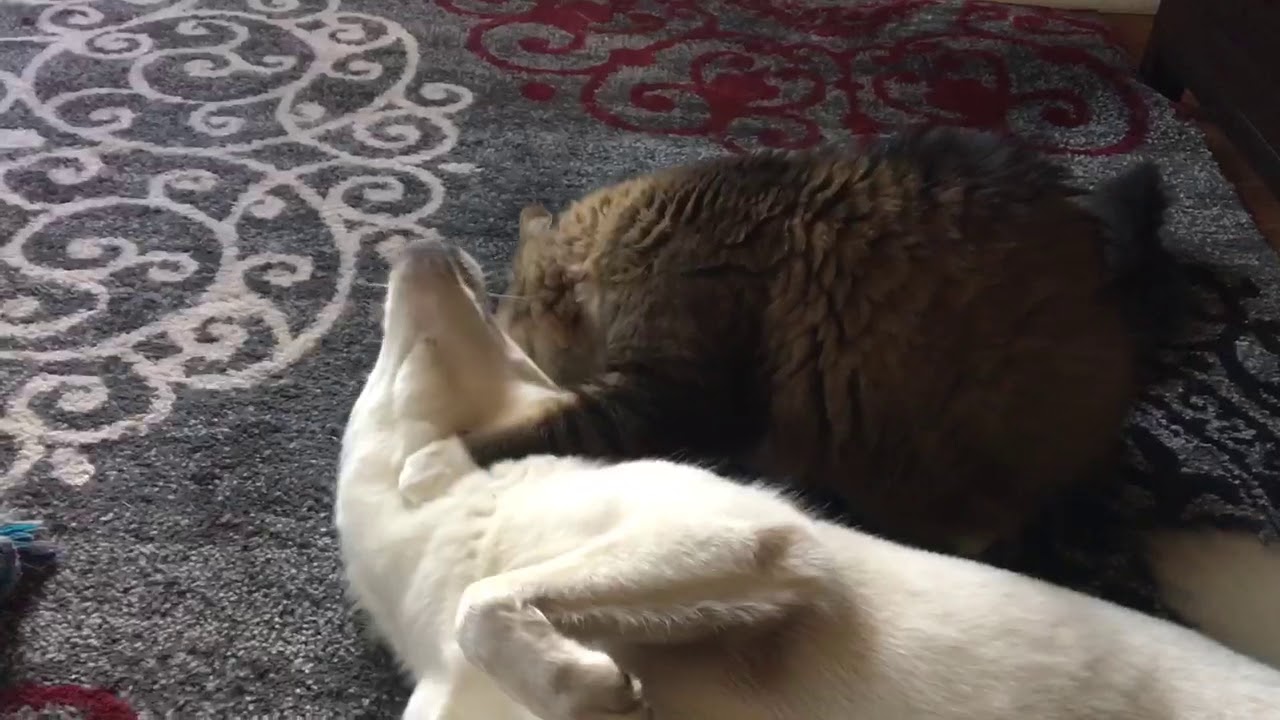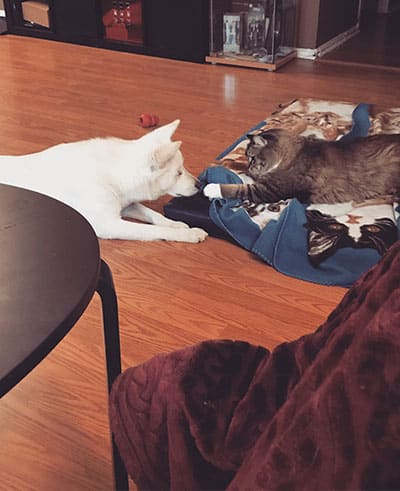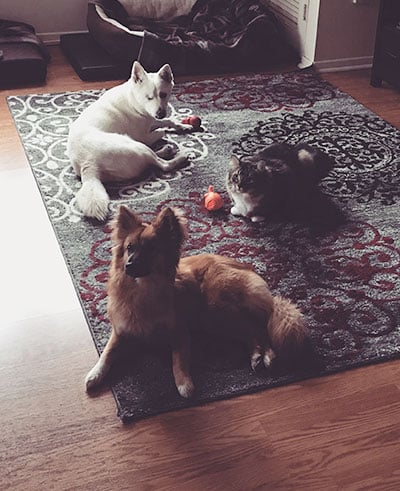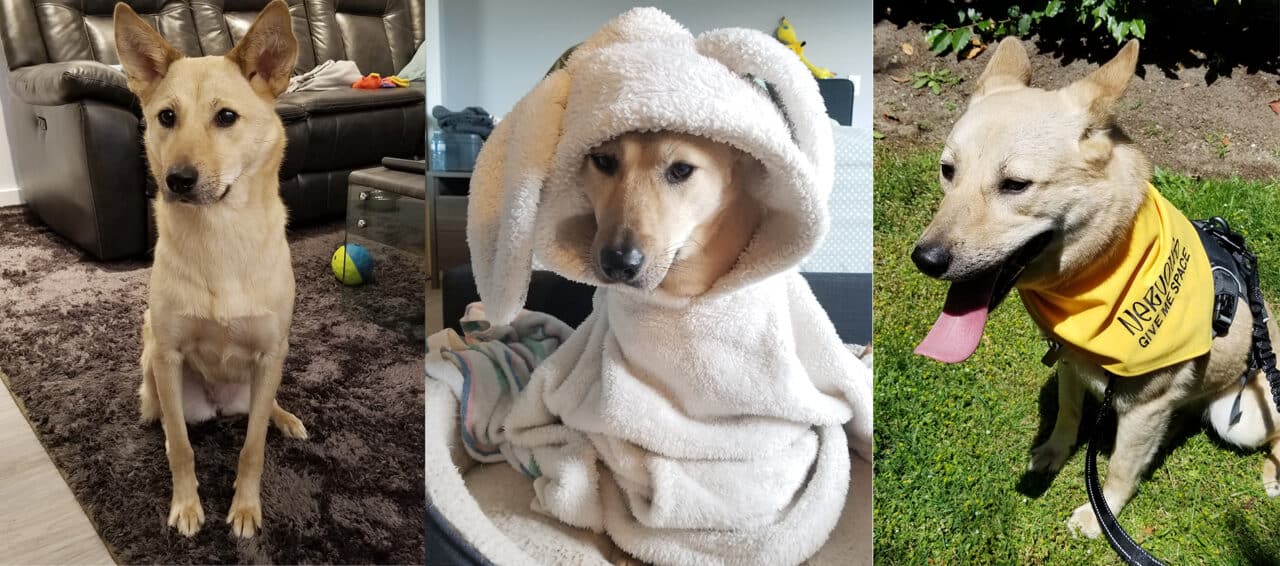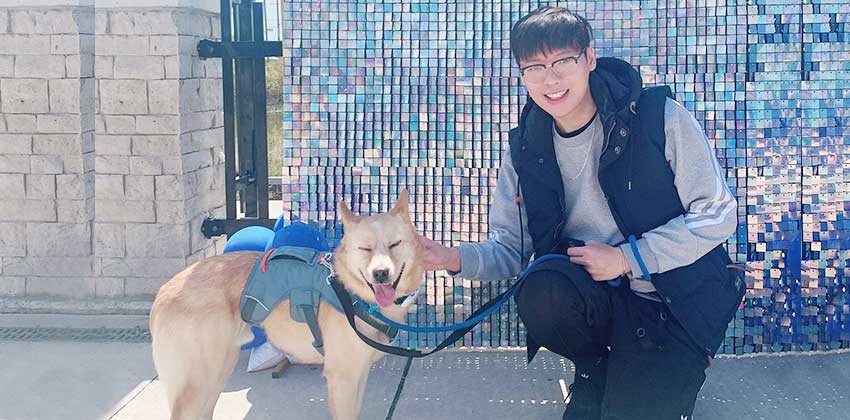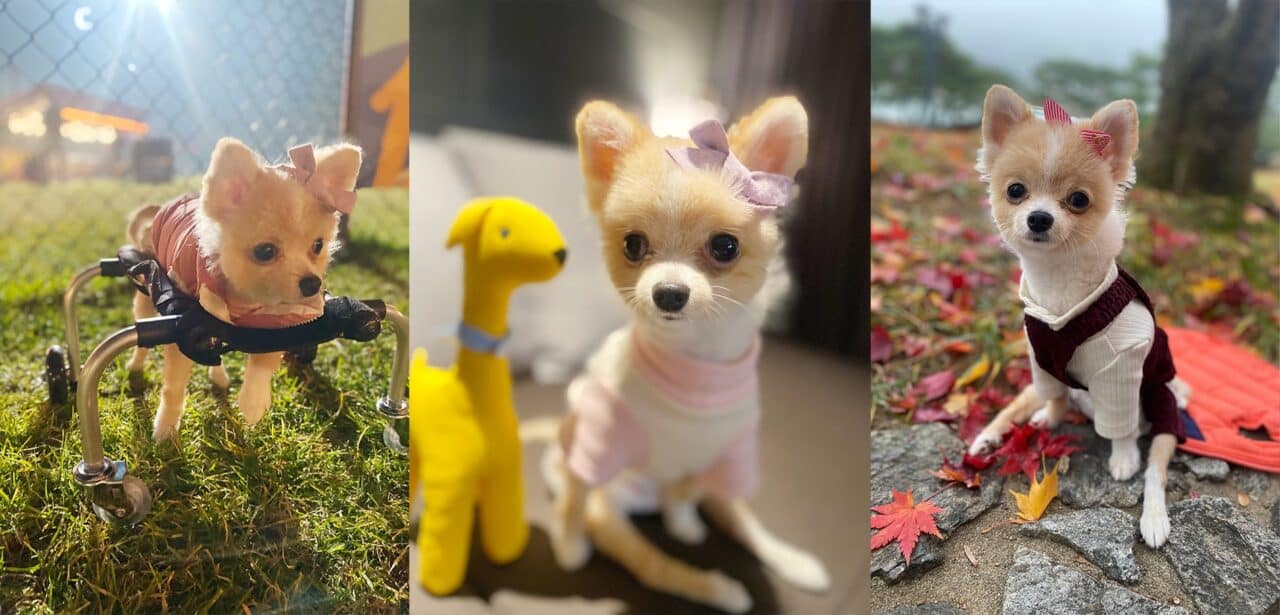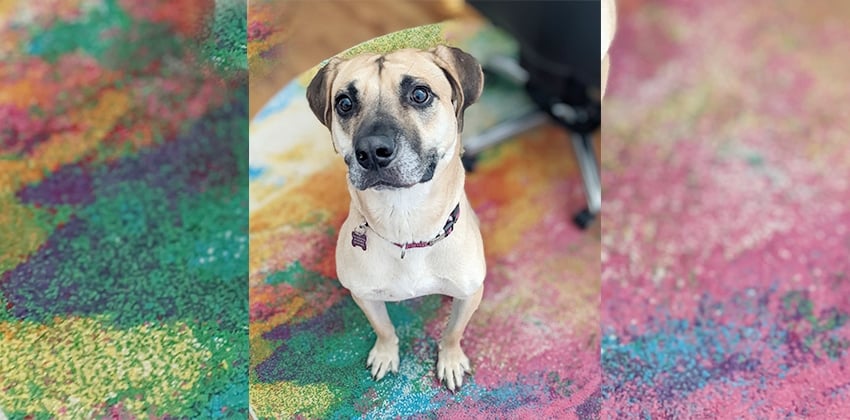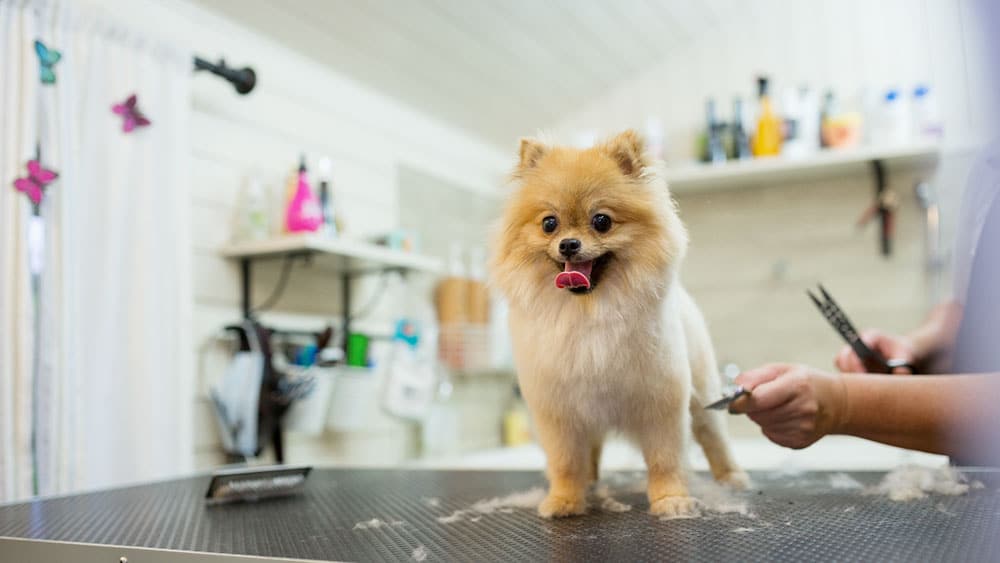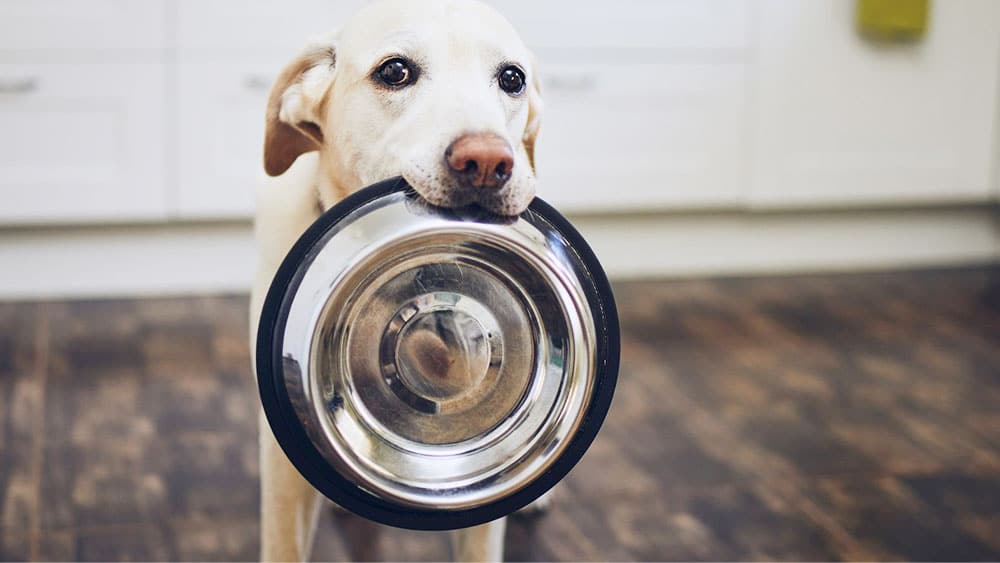Introducing Your New Rescue to the Resident Cats
Guest Article by Tatiana Thompson
Let me start by saying that I have done this process many times at this point and would consider myself quite experienced in this matter. However, every single cat and dog is different. Things like the age of the cat (or the dog for that matter), personality, health issues, or even their previous experiences with other members of that species will affect how the introduction goes.
This guide is meant to set up you and your pets up for success. Hopefully, with time and patience, everyone will be happy together or at the very least co-exist peacefully!
Cats can be quite territorial and therefore need to be introduced to other animals very slowly in order to give them time to get used to each other before there is a face-to-face interaction. Slow introductions help prevent fear and aggression problems from developing.
Having Enough Space
Make sure that you have enough room to separate the cat from the new dog. The cat must be put in a comfortable medium to a large room that they are already used to spending time in. They need their bed, food, water, and litter. The litter must be away from the food because cats do not like to eat near where they eliminate. The cats must be away before the dog arrives, preferably a couple of hours before so they are used to the room and settle down.
The same thing applies to the pup. They must have their own space where they feel safe with all the essentials: water, food, puppy pads, and a comfortable place to sleep (bed or crate, whatever they prefer)
Scent Swapping
After the first day, switch sleeping blankets, or towels between the kitty and the pup, so they have a chance to become used to each other’s scents. Rub a towel on one animal and put it underneath the food dish of the other animal.
Freedom
For the first 3-4 days let the kitty roam free when the pup is away and vice versa. This will allow everyone to get used to the space with the new scents without a face-to-face meeting. It also allows the newcomer to become familiar with the new surroundings without being frightened by other animals.
Gated Meetings
Once everyone seems calm, and all the scents have been successfully swapped. It’s time to let them interact. This must be done through a baby gate or a door very slightly ajar so no one can get hurt. Please make sure to avoid any interactions between them that may result in either fearful or aggressive behavior. They can become a habit and are difficult to change. Don’t give them the opportunity to get worse. Try to pair the interactions with treat time, affection, or food to increase the positive association of each other with happy occurrences. If either animal becomes fearful or aggressive, separate them, and start over with the introduction process.
Teaching Pup to Be Gentle
Please remember, dogs can accidentally hurt a cat very easily, even if they’re only playing. Dogs usually want to chase and play with cats, and that can scare them and make them defensive. This means that training is of utmost importance right away. Teaching the dog; to sit, stay, and down is incredibly important when making sure they behave around cats. If the cats feel safe, positive interactions will ensue. Every time you think that the pup may chase the kitty make sure you tell them to sit or stay and redirect their attention.
This requires a lot of patience and the ability to read the cat’s and dog’s body language. Study your dog’s gaze and pay attention when they become interested in pouncing or chasing. Consistently redirecting the dog’s attention and keeping them calm around the cat, reinforces the behaviour that the cat isn’t a plaything. This is of course if the cat doesn’t want to play. You may like I have a cat that is very much up to playing with the dog, and that is totally okay. As long as the dog is gentle and knows the cat’s boundaries (which they learn by playing together) letting them play is definitely recommended.
Time Frame
This process can take as little as three weeks or as long as six months. It all depends on your space, their personalities, their backgrounds, ages, and experiences. If it takes longer don’t worry. Every animal is different, just like every person is, and sometimes they take a little longer to open up. Patience is key and making sure that only positive interactions are allowed.
Talk to your vet for advice, or other owners who have successfully integrated animals in their households. Sometimes people have great tips and tricks that we may not think of. Remember, you can always reach out to the FKD Adopters Network, as many of us have multiple pets and we can help!
Good luck and enjoy your lovely fur babies.
Subscribe for Updates
Get our dogs in your inbox once a month, along with our latest news and events. We never send spam, and you can opt out at any time.
